Edinburgh sex attack victim appeal: New DNA techniques link Balerno rape and Craiglockhart sexual assault over 5 years ago as police hunt ‘person you might least suspect’
A 19-year-old woman was raped after a man claiming to have a knife forced her into a field beside Newmills Road in Balerno, at around 12.20am on Thursday, August 27 in 2015. Shortly before this, she had stepped off a bus in Lanark Road West.
About three weeks prior, a 21-year-old woman was grabbed from behind and sexually assaulted in Craiglockhart Quadrant at about 10.30pm on Wednesday, August 5. She had also just got off a bus, this time in Colinton Road, before walking along Craiglockhart Park and turning onto the street where her attacker struck.
Advertisement
Hide AdAdvertisement
Hide AdThe man responsible was not on either bus before the attacks.
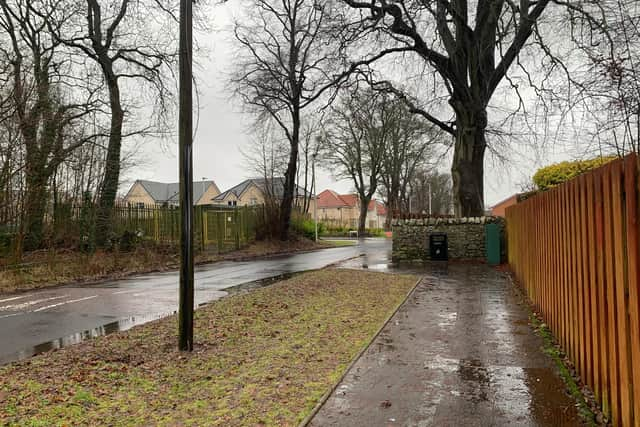

Advancements in DNA technology have allowed forensic scientists to pick up more biological samples from evidence connected to these two cases, enabling detectives to create a full DNA profile of the person responsible for both.
The young woman targeted in Craiglockhart, who we are calling ‘Hannah,’ has now bravely spoken out to encourage anyone to come forward who may have suspicions about someone’s behaviour around the time of the incidents, no matter how small a matter they think it might be.
She told the Edinburgh Evening News: “It could be one small part of a bigger picture, so could help piece things together.
“You can not undo what has happened and I have to deal with that. The best outcome that could come from this would be them being caught and getting some closure on the situation. It’s also in the interest of other people and I want to make sure it does not happen again.
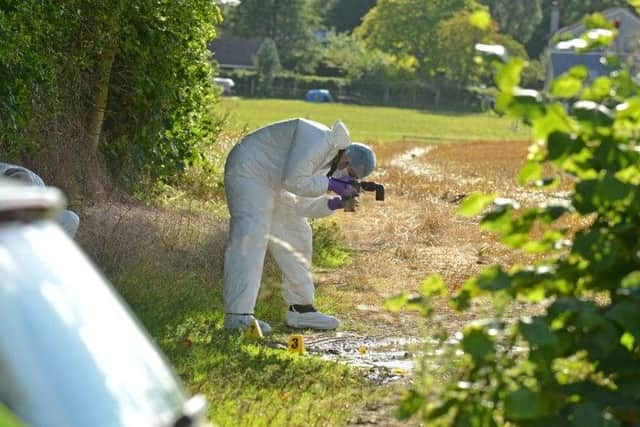

“I am just doing anything I can to try and help move this forward. I think because it’s an incident that was not a one off, there is a risk it could happen again."
Now 27, Hannah said the attack prevented her from going anywhere alone at night and that she always takes a taxi from door to door. If she ever takes the bus home, her father will come and meet her. In the aftermath of her ordeal, she also decided to participate in self defence classes which have helped her feel more in control.
She added: “I was pretty shaken after it. I did not really like going out places late at night but I guess I have just taken steps to make sure I am not scared… and making sure I am not walking alone.
Advertisement
Hide AdAdvertisement
Hide Ad“I do still worry about other people in my life, if they are going out at night. I think also because it happened in a nice area it shakes you up, because it’s not viewed as an area with lots of crime.”
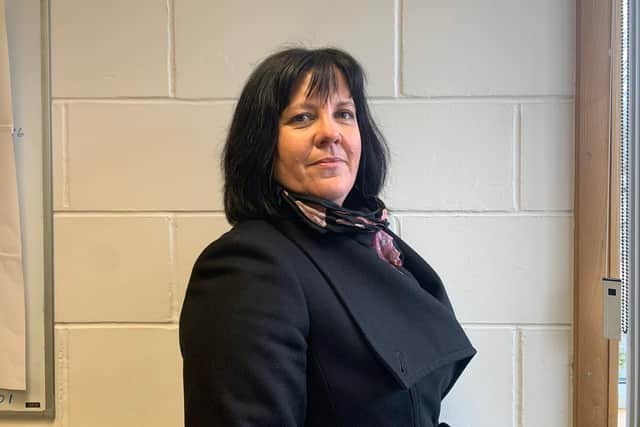

Detectives are now asking people to think back to August 2015. At the time, Edinburgh’s Festival Fringe was taking place and the Royal Edinburgh Military Tattoo’s theme was East Meets West and marked the 75th anniversary of the Battle of Britain.
Person you might ‘least suspect’
Detective Inspector Jon Pleasance, who is leading the investigation, said the five year anniversary of the case in 2020 prompted a re-examination of evidence which led to using new forensic techniques which showed a definitive link between the cases.
No match between the DNA profile and known sex offenders means police are asking the public to think about any unusual or suspicious behaviour of people in their lives around that time - be it a relative, neighbour or friend - so they can try and match the profile with a suspect.
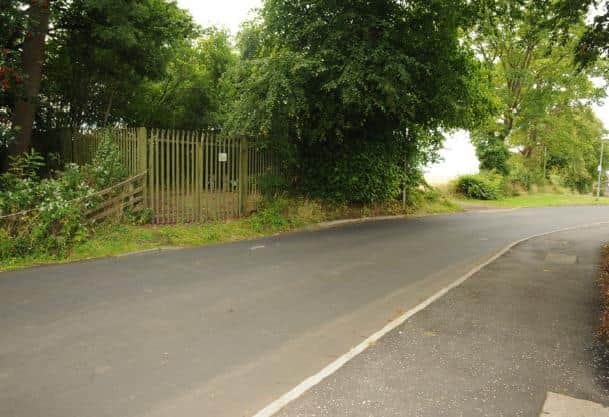

DI Pleasance said: "We believe we're looking for the person you’d least suspect - someone whose community wouldn’t think is responsible for such horrific offences.
“Was there someone in your life who could be unaccounted for during these periods of time, whose behaviour seemed different or alarming?
“I feel we are potentially one phone call away from possibly solving this. We simply need to match a name to a DNA profile we have and that’s why that involvement from the public is so key to us.
“If the suspect is reading this I would encourage them to hand themselves in. We will not rest until they are found.”
Advertisement
Hide AdAdvertisement
Hide AdDI Pleasance also stressed that people should not dismiss their concerns, no matter how small they might seem, as they have a full DNA profile of the person responsible and so can quickly and completely rule people out.
The suspect was described at the time as being a white male, in their 20s or 30s, of slim or athletic build, with slightly longer than average hair between their ears and shoulders.
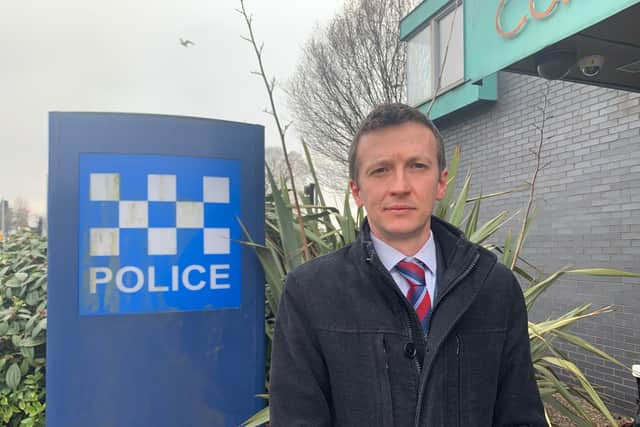

The area around Newmills Road has changed since the time of the rape, which happened in a field behind an electricity substation that is located where the road now meets Blackadder Drive.
DI Pleasance described this attack as a “prolonged and terrifying assault” which undoubtedly had a “traumatic impact” on the victim.
He added: “That’s why we are doing everything in our power to identify this person responsible so they can no longer be a risk to the public.”
New DNA techniques
Lead forensic scientist, Amanda Pirie, of the Scottish Police Authority, said DNA 24 technology has been used to retest samples taken at the time of the attacks, providing “twice as much information” because it is so sensitive. As the name suggests, it allows experts to study 24 bits of a person’s DNA, compared to ten previously.
She also revealed that ‘crimelite’ technology was used in the review of the cases. This technique uses high intensity LED (light emitting diodes) light of varying wavelengths to reveal DNA traces.
This technology was used to prosecute Angus Sinclair of the World’s End murders which took place in 1977. It revealed that his DNA was on the ligatures used to strangle and tie up Helen Scott and Christine Eadie - and that he had sexual intercourse with them.
Advertisement
Hide AdAdvertisement
Hide AdThe DNA samples were found deep in the twists of the knotted ligatures and remained hidden from view for nearly 40 years.
In 2014, Sinclair was jailed for a minum of 37 years for the murder of the girls.
Ms Pirie said: “We will use it (crimelite) as a tool to help us identify areas where someone may have been touched or grabbed or look for damage on clothing, maybe where there is a tear.”
She did not say whether crimelite was necessarily used to reveal the samples which linked both cases, but confirmed it was used as a tool in the investigation process.
Anyone with information can contact Police Scotland via 101 quoting incident number 0770 of 1 March, 2021, or pass tips anonymously to the independent charity Crimestoppers on 0800 555 111.